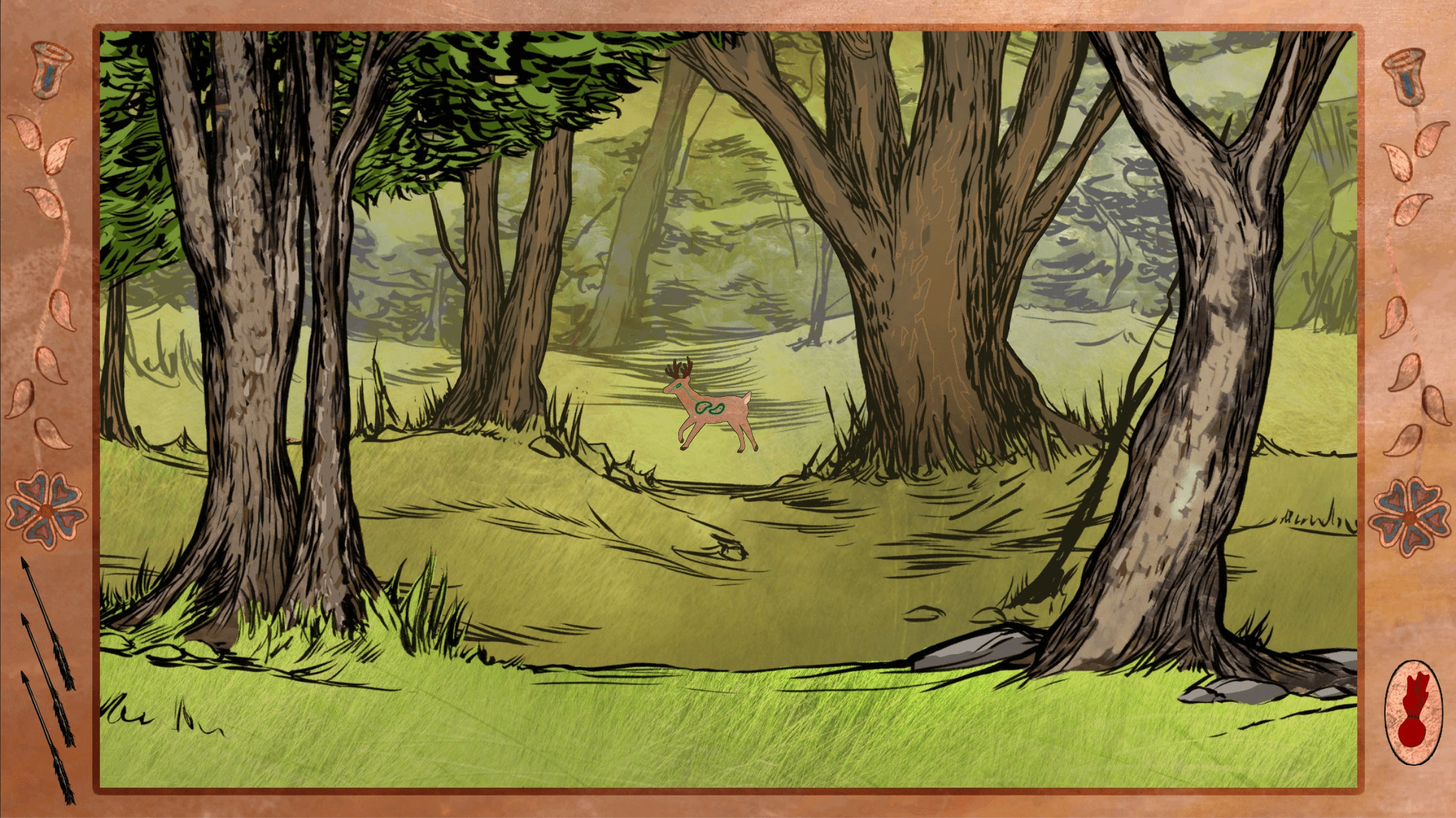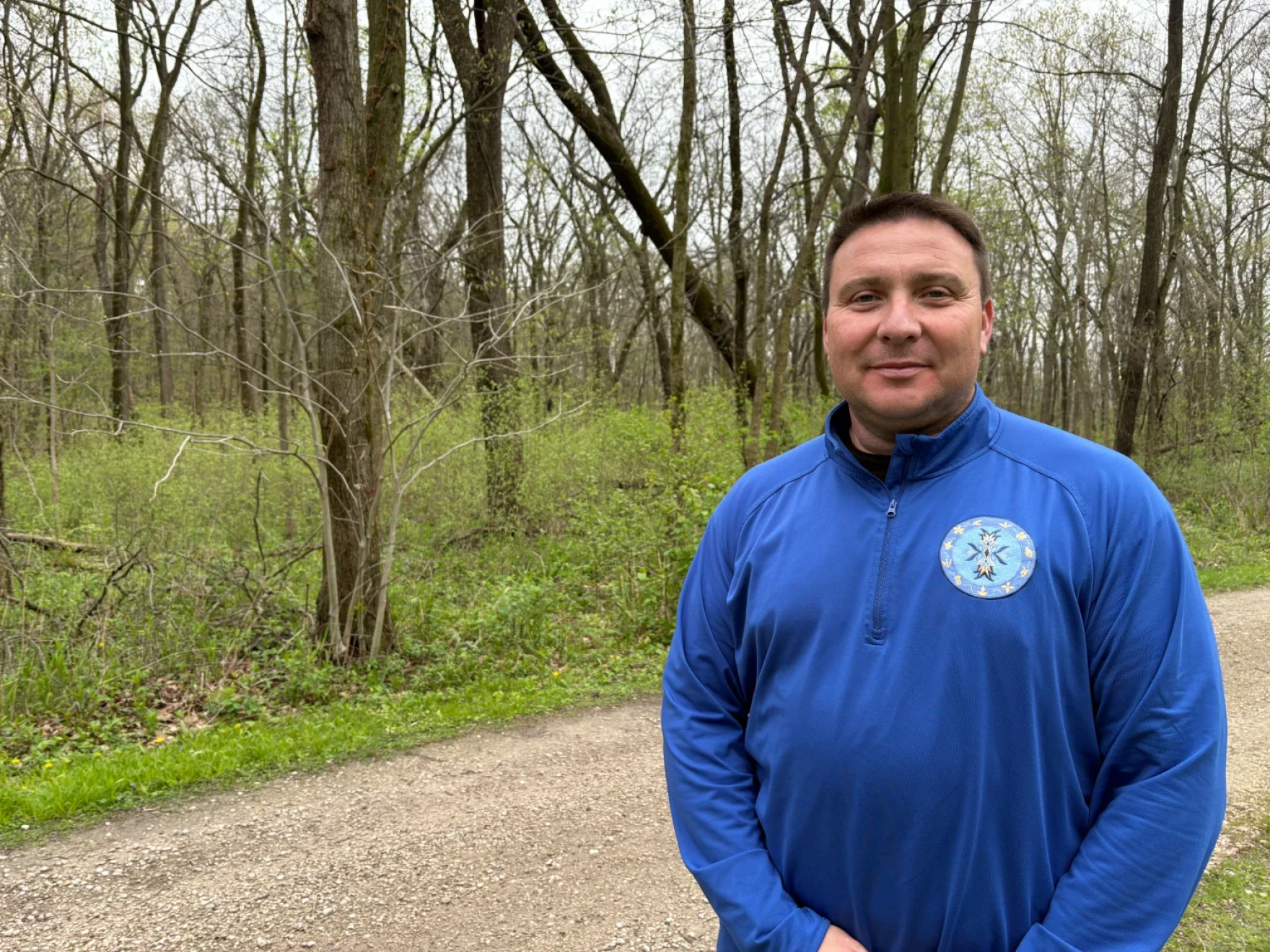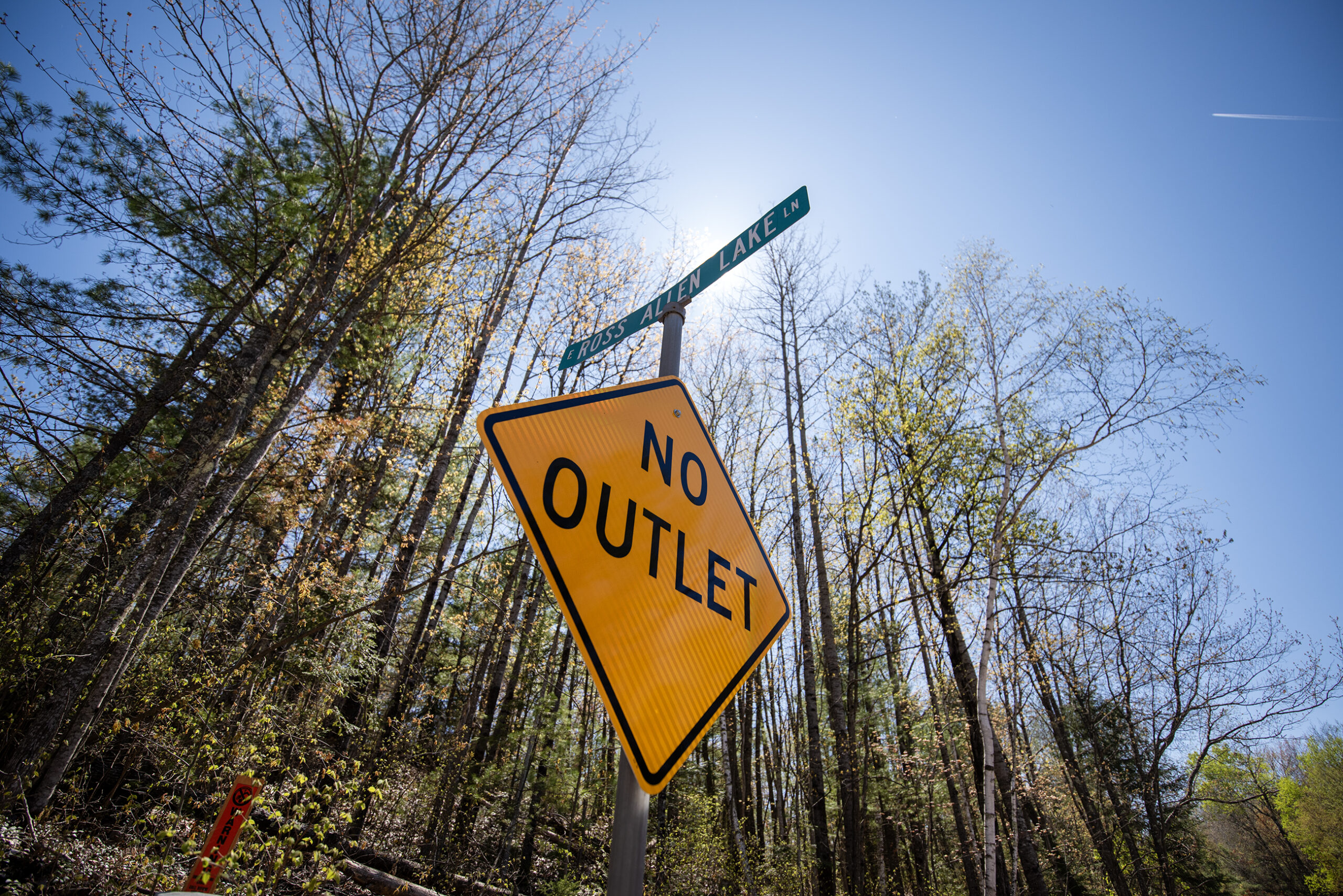A recent educational video game is looking to tell the story of the popular 1980s and 1990s game “The Oregon Trail” through a different perspective — that of the Native American people displaced during that era of America’s history.
Creator of “When Rivers Were Trails,” Elizabeth LaPensée said the game was inspired by the true story of Vern Northrup, an Anishinaabeg Indian, who was run off his land at gunpoint when it was given up without his knowledge through allotment practices.
Set in the 1890s, the game follows Northrup from Fond du Lac, Minnesota to California.
News with a little more humanity
WPR’s “Wisconsin Today” newsletter keeps you connected to the state you love without feeling overwhelmed. No paywall. No agenda. No corporate filter.
“You are this person,” she said. “You’re really put in a position of seeing what it would be like to be displaced … what it would be like to endure through allotments to colonization, to understand that native people were not stagnant.”
In theory, there is supposed to be land waiting in California, but as the game goes on, the opportunities whittle down.
Players choose a tribe, and must make choices as they come across different indigenous people, plants, animals and Indian agents.
They are also given chances to help with resistance efforts along the way, such as the Red Lake Nation who were able to hold onto more land because they banded together and tried to take their allotment land side by side, LaPensée said.
“(That) was really against what the practice of allotment was trying to do,” she said. “They were trying to divide up the land to weaken communities, and so you go all along the way looking for work or trading coming across other communities.”
The 1890s were a time of great turmoil and change, LaPensée said, and the name of the game is meant to embody that.
“There was a time in which rivers were seen as trail,” she said. “During the 1890s, all of the maps started to reflect instead railroads and this new movement of seeing transportation as … being able to move many people as well as many supplies and in turn many settlers.”

Image from “When Rivers Were Trails.” Photo courtesy of Elizabeth LaPensée
The stories and artwork throughout the game are all written by indigenous people who represent or have connections to elders, storytellers and language speakers of the Nations represented in the game, LaPensée said.
A student team at Michigan State University helped LaPensée put the project together as part of a collaboration with the Indian Land Tenure Foundation and Michigan State University’s Games for Entertainment and Learning Lab, with funding from the San Manuel Band of Mission Indians.
The game is aimed at middle and high school students, though it has already been played by a wide range of classrooms, LaPensée said. There are 12 levels to the game that equal out to about three hours of play.
Wisconsin Public Radio, © Copyright 2025, Board of Regents of the University of Wisconsin System and Wisconsin Educational Communications Board.







